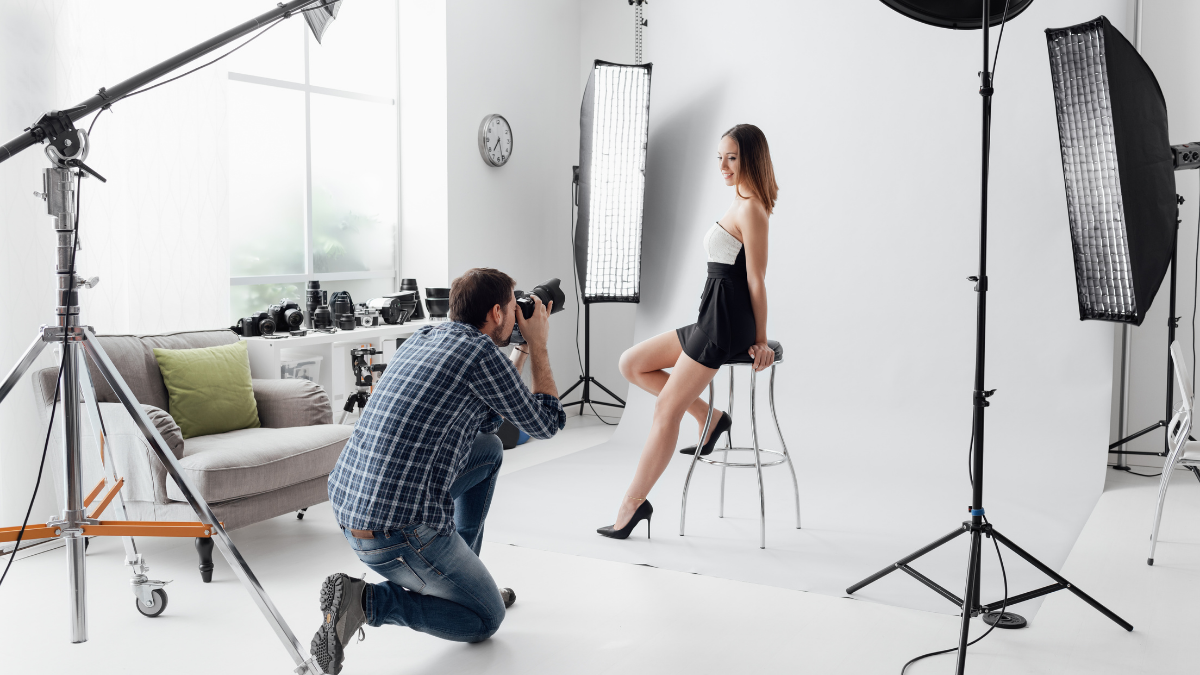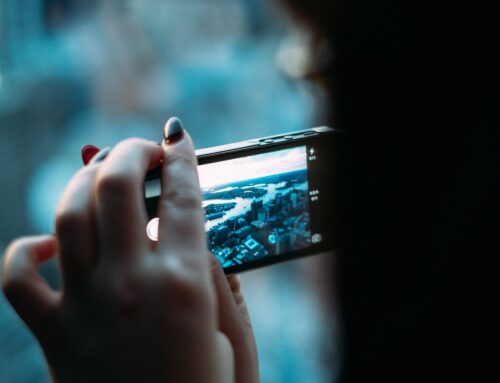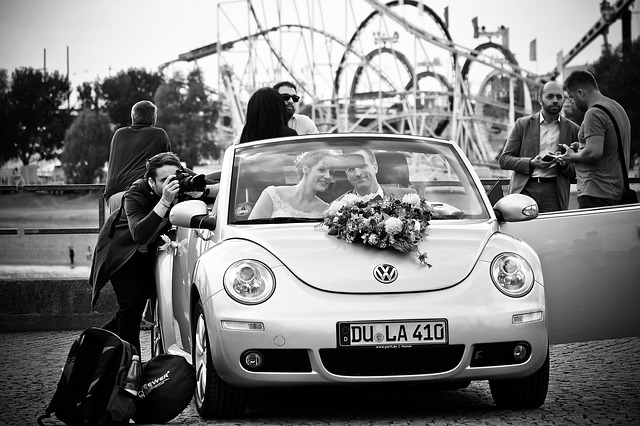Photographs are one of the most elaborative ways to preserve memories, tell stories, and share the joys of life. There are many different reasons to pick up photography, whether you’re a new mom looking for ways to take the best photos of your baby growing up, looking for creative Instagram photo ideas, or planning a trip to a panoramic view that has plenty of photo opportunities.
However, if you’re new to DSLRs or aren’t used to using your mobile phone camera, your camera may be a little intimidating. If so, these tips for Trick photography have you covered. We’ll walk you through the camera and photography basics, along with some of our favorite photography tips for novices.
Camera Shaking:
Camera shake or blur can be a problem for any photographer, so here are some tips to help you avoid it. First, you must learn how to hold your camera properly; use both hands, one around the body and one around the lens, and keep the camera close to your body for support. Also, when shooting by hand, make sure you use a shutter speed that corresponds to the focal length of your lens. If your frame rate is too slow, any accidental movement of the camera will contribute to a blurry image.
Emphasis On Lighting:
Light is, indeed, the most crucial aspect if you want to improve your skills in trick photography. If you capture a photo in good light, you’ve already taken a big step toward getting a good shot. Sometimes, the primary objective here is to balance the light intensity between your subject and the background. Even when you’re documenting a fantastic sunset, a dark and silhouetted shape can ruin the shot.
The simplest solution is to pay attention to the light’s direction and smoothness. If the light is too rough, ominous shadows may appear across your subject, which is especially problematic in portrait photography. If the light is flowing from an odd angle, consider moving the light source or the main subject.
Exposure Triangle:
To get your pictures to look their best, you must first master the three fundamentals: Aperture, ISO, and Shutter Speed. You must also understand the connections between these three controls. When you change one of them, you usually have to change at least one of the others to produce the desired outcomes. Utilizing Auto Mode wants to take care of these controls but at the cost of not getting your photos to seem the way you would like them to, which is often disheartening.
Keep The Background Simple:
In trick photography, the straightforward process is usually the best, and you must decide how this needs to be in the shot while excluding anything that is a distraction. If at all possible, use a plain background – that is, neutral colors and simple styles. You want the viewer’s attention to be drawn to the image’s focal point rather than a splotch of color or an unusual building in the backdrop. This is particularly important in shots where the model is off-center of the frame.
Technique Of Pan:
If you’d like to capture a moving subject, use the crossfading technique. To accomplish this, select a shutter speed that is two steps lesser than required, for example, 1/60 for 1/250. Maintain your camera on the subject and your finger halfway down on the shutter to lock the focus, then take the photo, knowing to implement them as they keep moving.
In A Nutshell,
The more you practice photography, the easier it will be to capture your desired images. Transform your emotions into a photograph that allows others to feel the same way. Tell Debongo about any other tutorials for trick photography.




